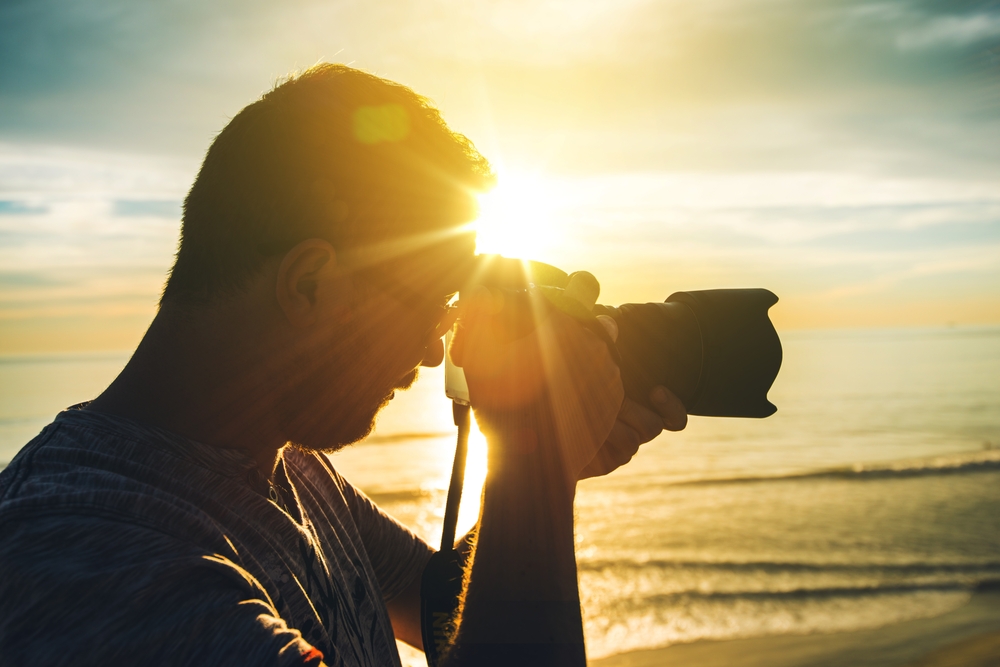Capture memorable travel moments with these tips: Understand your camera, plan your shots, and utilize the right lighting, particularly during golden hours. Follow the rule of thirds for composition, including people to tell a compelling story. Pay attention to details, experiment with depth of field, and ensure stability. Edit your photos mindfully for a natural look. Be patient and observant, ready to seize spontaneous moments. Enjoy the process of creating lasting memories through stunning travel photography.
If you are a travel enthusiast who loves taking pictures, but for some reason you are not able to fulfil your dreams, then you have landed on the right page. Taking the best/amazing/memorable photos during a trip involves a combination of technical skills, creativity, and an understanding of your camera.
So here are some tips to help you capture memorable and stunning travel photos:
Be an early riser: Sunrise is considered the best time to capture the beauty of nature. For photography enthusiasts, good light is one of the most important ingredients of capturing the best. The warm and soft early glow makes for some great pictures. Avoid harsh midday sunlight, as it can create strong shadows and overexposure.
Know your equipment: Knowing your equipment is another important factor. So get familiar with your camera or smartphone settings. Understand how to adjust exposure and focus, and other things. Clean your camera lens before shooting to avoid blurry or hazy images.
Plan your shots: Research your destination and plan the shots you want to capture. Consider the best times of day for specific lighting conditions. Be aware of local customs and laws regarding photography.
Composition: Rule of thirds is quintessential in capturing awesome pictures. Mentally divide your frame into thirds both horizontally and vertically, and place your main subject at the intersection of these lines.
Include people in your story: Capture local people to add a human element to your photos.
Aim to tell a story with your pictures. Show the culture, environment, and emotions of the place.
Talk to people before taking their picture: Photographers often find shooting local people a task. So it is important to get comfortable with this practice. The key is to interact with people and talk to them. Try to build a rapport and be friendly before asking for a photo.
Pay attention to details: Capture small details that represent the essence of the location, such as local cuisine, architecture, or unique patterns. Don’t forget to photograph signs, maps, and other items that can help you remember the specifics of your trip.
Carry a lightweight tripod: Photographers have started carrying a tripod these days which allows you to hold your camera at a fixed position. Once the camera is placed in the wanted position, it gets easier to focus all your attention towards capturing the perfect image.
Depth of field: Use a wide aperture (small f-number) to create a shallow depth of field, which can help isolate your subject from the background. Experiment with different depths of field to add variety to your shots.
Stability and focus: Use a tripod for stability, especially in low light conditions or when taking long-exposure shots. Ensure your main subject is in focus. Most cameras and smartphones allow you to tap on the screen to focus on a specific point.
Edit mindfully: After the trip, spend time editing your photos to enhance colours, contrast, and sharpness. Be careful not to over-edit; aim for a natural look that reflects the atmosphere of the moment.
Be patient and observant: Sometimes the best shots happen when you least expect them. Be patient and observant, ready to capture spontaneous moments.
Remember, the most important thing is to enjoy the experience of capturing memories. Don’t be afraid to experiment and try new things to develop your unique photographic style.



